Weaving through the village roads and alleys in Dai Tu, Phu Luong, Vo Nhai, Phu Binh... everywhere we saw lush green rice fields. While the later-planted rice fields in the mountainous and highland areas were in the standing and earing stages, many rice fields in Phu Binh and Pho Yen were already in bloom.
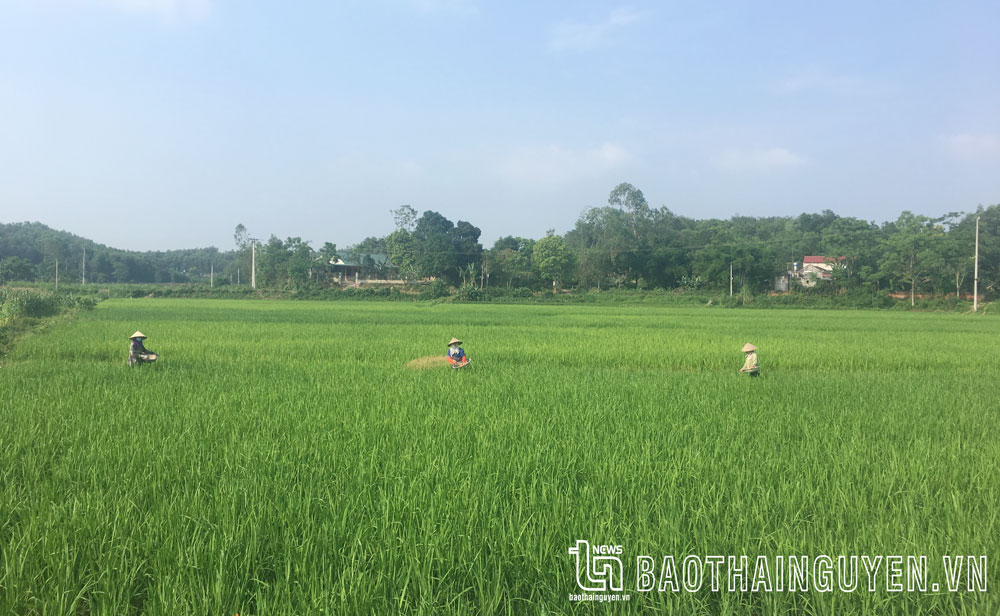 |
| On the field in Tan Kim commune (Phu Binh). |
So in just over a month, the fields in Thai Nguyen will be filled with the sound of harvesters and laughter. With the current cool weather and few pests, farmers who work hard in the sun and rain are looking forward to a bumper crop.
Green fields
Following the winding concrete road in Cay Hong hamlet, Lau Thuong commune (Vo Nhai), we inhaled deeply the aroma of rice and the countryside at dawn. At this time, the rice fields in Cay Hong have passed the stage of maturity, and are forming ears. Ms. Ma Thi Hieu, a resident in the hamlet, shared: This year the weather is favorable, the sun comes later; the water source for planting and nurturing rice is not as scarce as in previous years. In particular, there are fewer pests and diseases than in the same period last year, so the rice grows well. At this rate, the spring rice yield this year will far exceed last year.
As if to prove her words, Mrs. Hieu reached out to stroke each lush green rice plant near the shore. Gone are the days of getting used to the outdated production mindset. For nearly ten years now, Mrs. Hieu and the households in Lau Thuong commune in particular, and the whole province in general, have switched from low-yield local rice varieties to new rice varieties with high yield and good quality such as purebred rice varieties Dai Thom 8, Thien Uu 8, Sumo, J02, TBR225; hybrid rice SL8H-GS9, TH3-7, TH3-5, B-TE1, Syn98, HK T99... Thanks to that, rice productivity has increased significantly (from 1.5 quintals/sao to about 2.2 quintals/sao).
Working hard all year round, the hardworking farmers in Thai Nguyen have mastered the cultivation techniques to help rice grow well and achieve high yields.
Mr. Nguyen Van Manh, Ha Thuong commune (Dai Tu), said: Not only changing the rice variety structure, for many years now, we have focused on planting late spring rice to prevent cold for rice. After planting, we trim the dead rice areas, the golden apple snails or mice at the right density. In order to minimize the possibility of pests and diseases, every household strengthens field inspection, closely monitors weather developments and proactively sprays pesticides promptly, simultaneously, with the right dosage and technique. In particular, every household also proactively prevents and fights drought, regulates water properly, ensures enough warmth for the fields, facilitates care and allows rice to grow, tiller in concentration, and flower in the best time frame.
According to farmers’ experience, this year is a leap year, with the second lunar month being the second month, so the storms will come later. Remember, in early May last year, heavy rains lasted for several days, flooding low-lying fields, causing landslides in high-lying fields, causing many households in Dinh Hoa, Vo Nhai, Dai Tu… to suffer after the rains, many families suffered heavy losses. Therefore, everyone hopes that this year’s spring rice crop will be more favorable than last year.
Hope for a bountiful harvest
Mr. Nguyen Ta, Head of the provincial Department of Crop Production and Protection, said: This spring crop, the whole province has planted over 28 thousand hectares of rice, exceeding the plan by 2%. It is assessed that there are many advantages in production, especially the regulation of water sources for planting and nurturing rice and doing a good job of estimating and forecasting the situation of harmful pests and diseases, so the expected rice yield is over 56 quintals/ha, exceeding the plan by more than 1 quintal/ha.
With a growing period of 120 to 135 days, the rice plant has now gone through 2/3 of its journey. However, to have a bumper “golden season”, farmers still need to put in a lot of effort to fertilize the fields.
The Department of Agriculture assessed that most of the spring rice area in Thai Nguyen is and will flower at the "golden" time as recommended, from May 5 to May 20, and the interval is from May 1 to May 25.
Mr. Nguyen Ta commented: The rice flowering time ensures a safe frequency of over 90%, the rest falls into the unsafe time frame, meaning that the rice flowers and colors are exposed during this time but there are still impacts due to abnormal temperatures, rain or storms. However, we still believe in the mild weather this year through the forecasts of the Central Hydrometeorological Forecasting Center.
After flowering, rice protection work needs to be maintained more than ever. This season, rice blast disease is considered the biggest “enemy”, causing harm and spreading easily, causing epidemics, damaging the leaves right when the rice is actively tillering.
Currently, the period for this disease to spread into a large epidemic has passed. However, farmers are still closely following their fields, continuing to monitor to prevent leaf rollers in time, especially to prevent rice blast and other pests from arising and causing more damage.
To proactively achieve success in the spring rice crop, in addition to choosing the right variety and planting season, plant nutrition solutions are extremely important because "Planting is labor, fertilizing and weeding is labor". Therefore, proper fertilization greatly determines the yield and quality of the spring rice crop - the rice crop that usually has the highest yield of the year.
Mr. Nong Sy Quang, Co Lung commune (Phu Luong), said: To help the rice grow well, right from the beginning of the season, we have chosen fertilizers with high nitrogen content, thereby helping the rice plants grow well, grow leaves and stems.
Farmers who are familiar with cultivation understand that the high nutritional content of top dressing is also a way to “set the ring” for moderate tillering of rice. The potassium content helps increase photosynthesis efficiency, creates many organic products, transports sap to nourish newly sprouted branches, helps branches develop into effective flowers, helps the rice fields to be airy but the rice clumps have many flowers. Applying fertilizer properly, according to the needs of the rice plant (depending on each stage) helps the rice plant grow healthily, resist pests and adverse environments…
So after so much hard work, farmers can now “dream” of a bumper crop with rice fields full of grain. Hopefully, from now until the rice harvest, the weather will be favorable, with enough rain and no storms, so that the golden grains can be brought back to dry in the sunny yards of the “hardworking, diligent” farmers.
Source link


![[Photo] Vice President Vo Thi Anh Xuan, French President Emmanuel Macron and his wife visit Hanoi University of Science and Technology](https://vphoto.vietnam.vn/thumb/1200x675/vietnam/resource/IMAGE/2025/5/27/267b6f2bdf3e46439f081b49f6ec26b1)


![[Photo] Hungarian President begins official visit to Vietnam](https://vphoto.vietnam.vn/thumb/1200x675/vietnam/resource/IMAGE/2025/5/27/ab75a654c6934572a4f1a566ac63ce82)












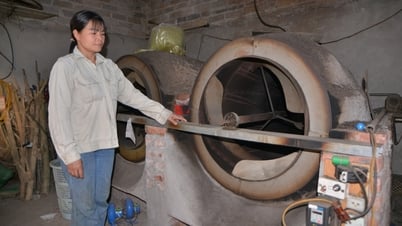
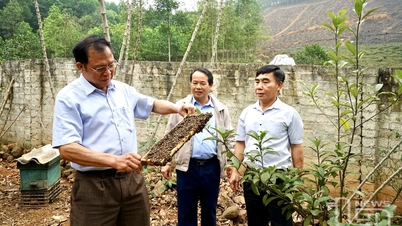



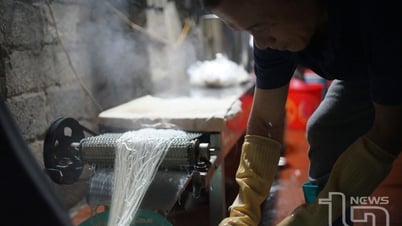















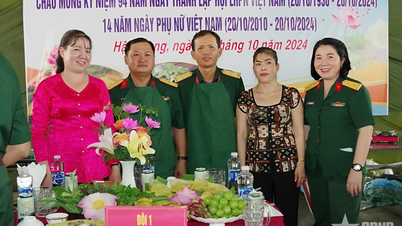







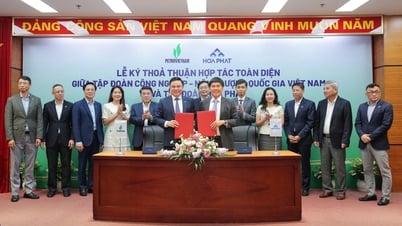



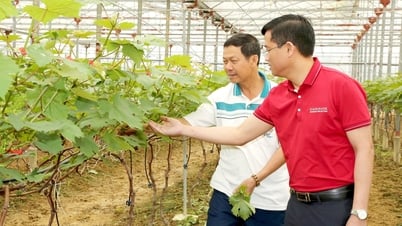

















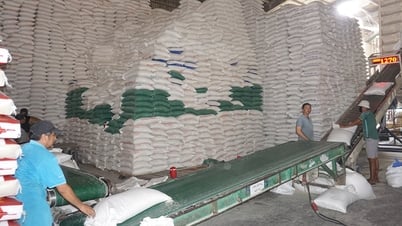




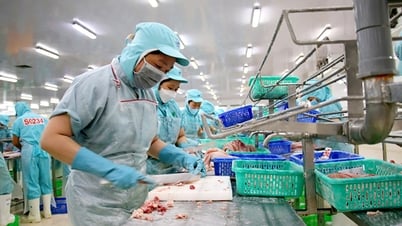




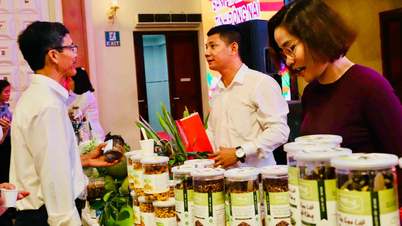

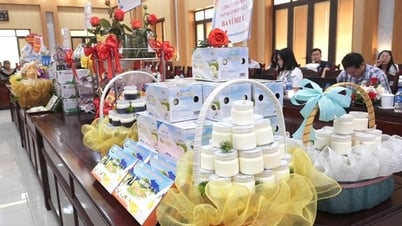

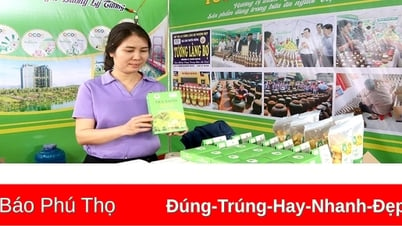



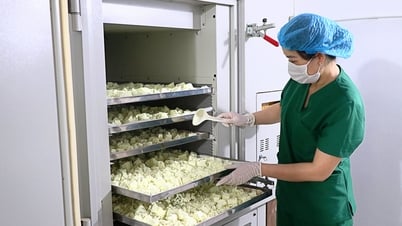

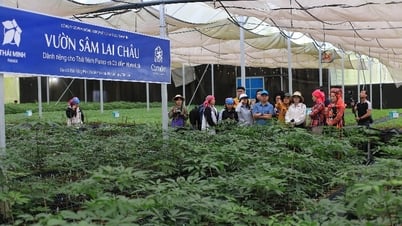

Comment (0)